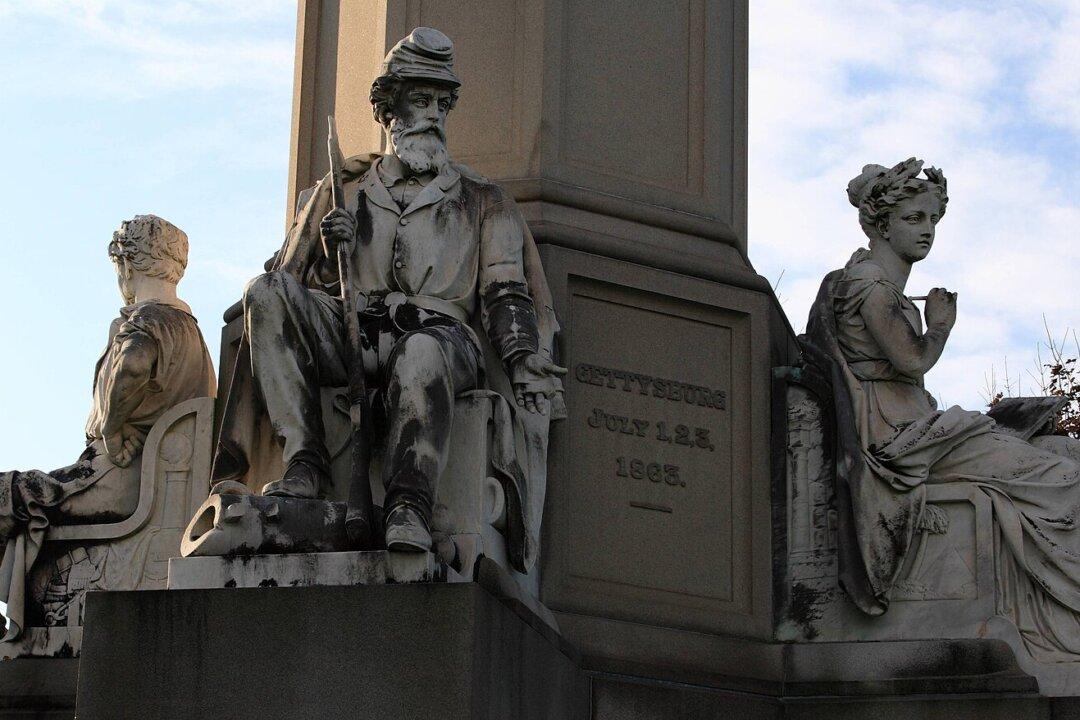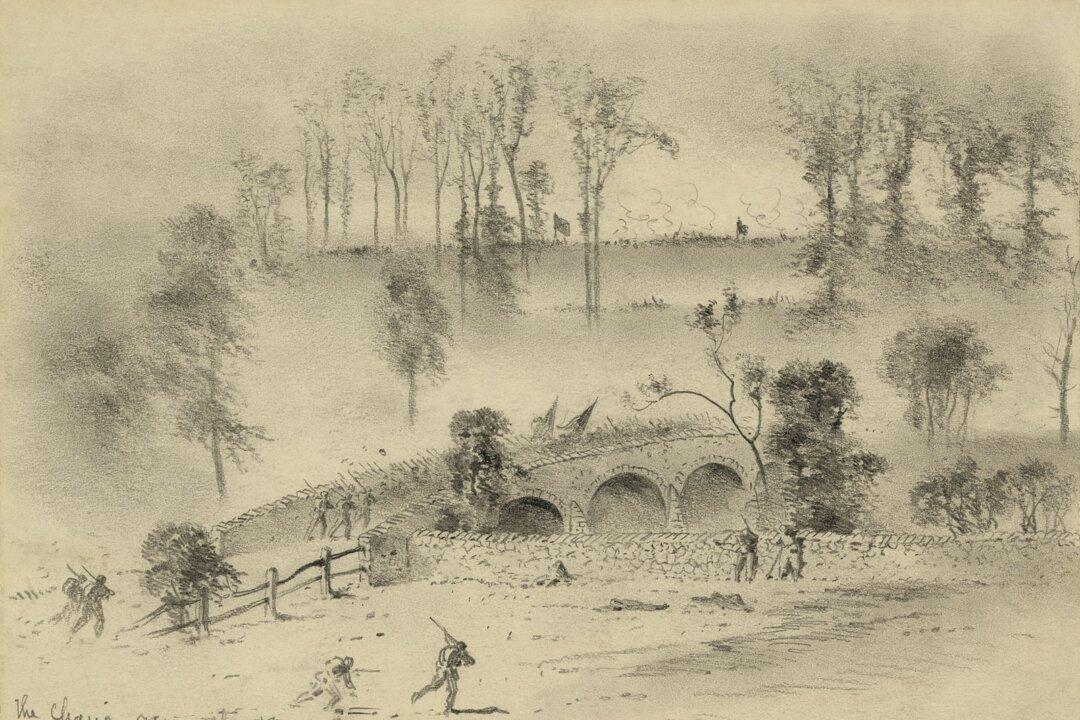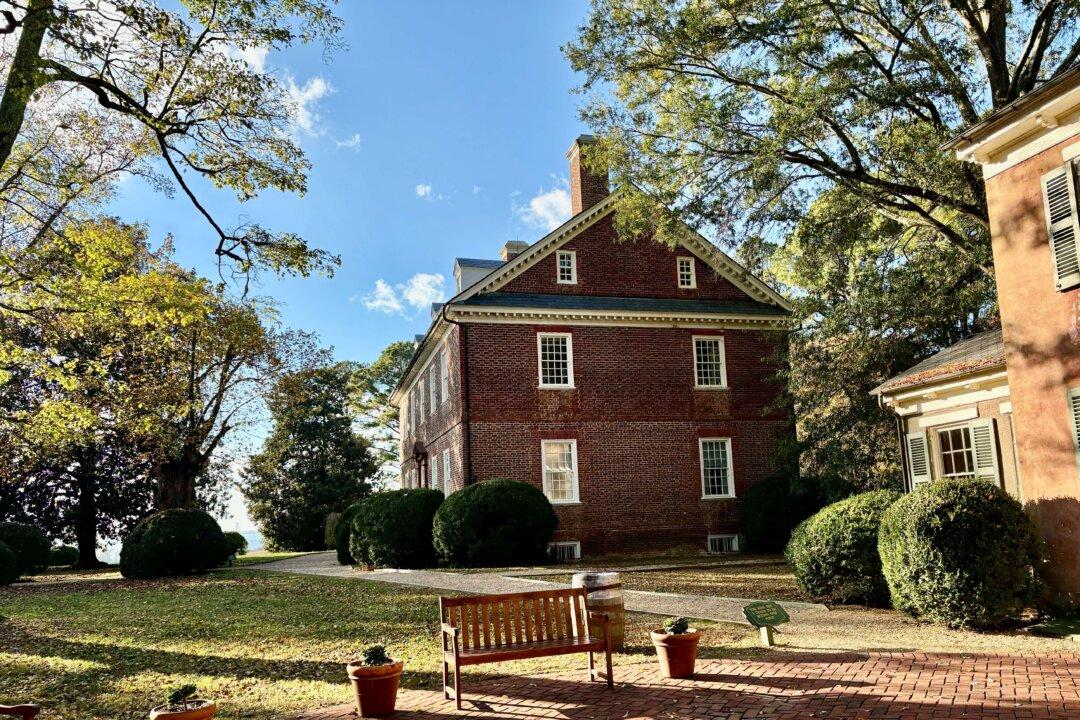People today are roughly eight generations removed from the Civil War period, from 1861 to 1865. Thus, it’s likely inconceivable for most Americans to truly understand the experience of battles fought on and around their properties and in their towns. Yet, during three summer days in 1863, life was transformed for people living in quiet, rural Gettysburg, Pennsylvania.
Today, the historic town appears frozen in time, especially during recognitions like the recent Nov. 19, 181st anniversary of Lincoln’s famous Gettysburg Address. Many attendees dressed in 19th-century period attire, strolled the streets, and perused shops as if almost two centuries hadn’t transpired. The seemingly untouched battlefields surrounding the town of Gettysburg encompass 5,989 acres of pristine land. The acreage boasts rolling hills, preserved farm houses, and a few rocky crags.

The Heroines of the Civil War
A few Gettysburg women are extolled, in books and museums, for how they rose to meet the trials of war. One such woman was Elizabeth Salome (Sallie) Myers Stewart. Her great-grandfather, John Troxell, was Gettysburg’s first settler. Prior to July 1863, the life of this 21-year-old had been relatively predictable. She was related to many people in the town and was a teacher. She also helped care for her siblings, cleaned, sewed, and cooked.On the morning of July 1, Union and Confederate troops met in fields and pasturelands and began firing on one another. Sallie saw the first injured soldiers walk past her home. She later wrote in her diary: “I had never been able to stand the sight of blood. But I was destined to become accustomed to it.”
Indeed, wounded men poured into churches and homes—so many that overwhelmed doctors went door-to-door in Gettysburg imploring residents to help. Though she had no nursing experience, Sallie walked into a church that had become a makeshift hospital. She was determined to help, but immediately became emotional after meeting a soldier who said he was dying. She left the church and broke down. However, she stoically reentered the church and asked that the dying man be moved to her home so the church would have more room for soldiers with treatable wounds.
Along with her mother and sisters, Sallie cared for around a dozen wounded soldiers in her family’s home. Though the first soldier did die, 10 of the 11 others they cared for lived. After her home was no longer needed for wounded soldiers, Sallie visited a convalescent tent regularly to assist.
Later, she wrote of the experience: “The sight of blood never again affected me, and I was among the wounded and dying men day and night.”
Her diary was published first in 1903 as “How A Gettysburg Schoolteacher Spent Her Vacation in 1863.” About 93 years later, her great-granddaughter, Sarah Sites Thomas, republished it as a book titled “The Ties of the Past: the Gettysburg Diary of Salome Myers Stewart.”
A Tragic Death
Also buried in the same cemetery is Mary Virginia “Jennie” Wade. She was 20 years old and a seamstress when the terrifying battle ensued in her community. She and her mother, Mary Anne Filby Wade, left their own home to hunker down with Jennie’s sister, Georgia McClellan, who had just had a baby and lived nearby. For three days, Jennie and her mother baked bread and drew water for the Union soldiers.However, while Jennie was kneading bread on the third day of fighting in Gettysburg, a stray bullet passed through the home’s walls, through two doors, and lodged into Jennie’s heart. It killed her instantly. She became the first and only civilian casualty killed by a bullet during the fierce Gettysburg battles.
Despite having just experienced the sudden death of her daughter, Mary Wade finished baking the bread. She made 15 loaves for Union soldiers. They helped wrap her body in a quilt and buried her in the backyard. Her body was moved to the Evergreen Cemetery two years later.

The home where Jennie lost her life serving Union soldiers became known as the Jennie Wade House. It’s currently a museum and a stop on Gettysburg history tours. Sallie Myers’s home is part of history tours as well, but tourism is limited to exterior views since it’s a private residence that isn’t open to the public.
While neither woman is memorialized in granite or marble in the now-famous Gettysburg National Military Park, they’re worthy of attention due to their grit and unintentional heroics.

Jennie’s sister Georgia petitioned for and was granted a large gravestone and a perpetually raised American flag for Jennie.







